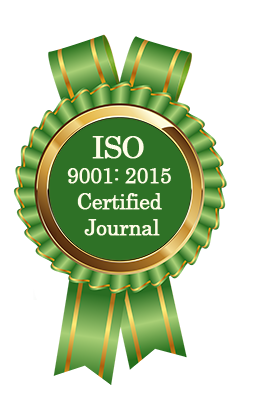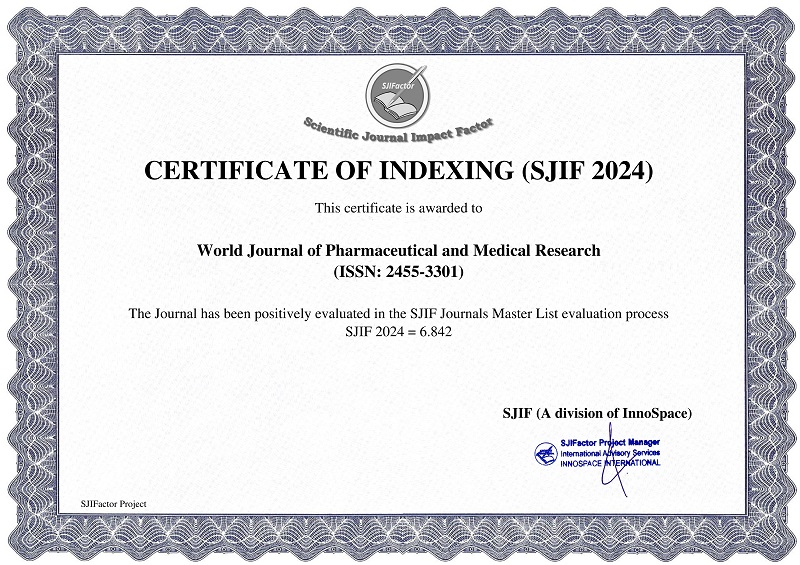A COMPREHENSIVE REVIEW OF PESHI SHARIR VIS-À-VIS MYOLOGY W.S.R. TO CONFIGURATIONAL ATTRIBUTE
Dr. Rabindra Nath Mishra* and Prof. Dr. Shyam Sundar Gupta
ABSTRACT
Human body is organizational statute of seven dhatus. All the seven dhatus are distinct and possess their individual regime of requisite rationale. They remain in dynamic equilibrium with each other physiologically as well as anatomically. Third dhatu is named as mans dhatu. It is formed by second dhatu i.e. rakta dhatu. As per acharya sushruta vayu along with pitta initiates metabolism of related srotas of mans dhatu, resulting into the formation of Peshi. Other acharyas have put forth the concept of genesis of Peshi as Agni metabolise rakta dhatu and after active involvement of vayu; result is peshi. moreover its function is lepan, means cover of all vital anatomical structures viz. vessels, bones, joints, visceras and etc. they are the motors of human body. Muscle tissue is one of the basic tissues that are specialized to shorten in length by contraction causing movement. It is in this way that virtually all movements within the body, or of the body in relation to the environment, are ultimately produced. Most muscles arise from the mesoderm. Skeletal muscles are derived from paraxial mesoderm, including somites, give rise to muscles of the axial skeleton, body wall, and limbs, and somitomeres, give rise to muscles of the head. Progenitor cells for muscle tissues are derived from the ventrolateral (VLL) and dorsomedial (DML) edges (lips) of the prospective dermomyotome. Cells from both regions contribute to formation of the myotome. Abaxial muscle precursor cells differentiate into infrahyoid, abdominal wall (rectus abdominis, external and internal obliques, transversus abdominis), and limb muscles. Primaxial muscle precursor cells form muscles of the back, some muscles of the shoulder girdle, and intercostal muscles. Molecular signals for muscle cell induction arise from tissues adjacent to prospective muscle cells. Thus, signals from lateral plate mesoderm (BMPs) and overlying ectoderm (WNTs) induce VLL cells, whereas signals from the neural tube and notochord (SHH and WNTs) induce DML cells. Connective tissue derived from somites, parietal mesoderm, and neural crest (head region) provides a template for establishment of muscle patterns. Most smooth muscles and cardiac muscle fibers are derived from Visceral mesoderm. Smooth muscles of the pupil, mammary gland, and sweat glands differentiate from ectoderm. All the above considerations of modern embryology is dealt in ayurveda in terms of agni, vayu, srotas, daran, pakvata, vibhajan and etc.
[Full Text Article] [Download Certificate]



